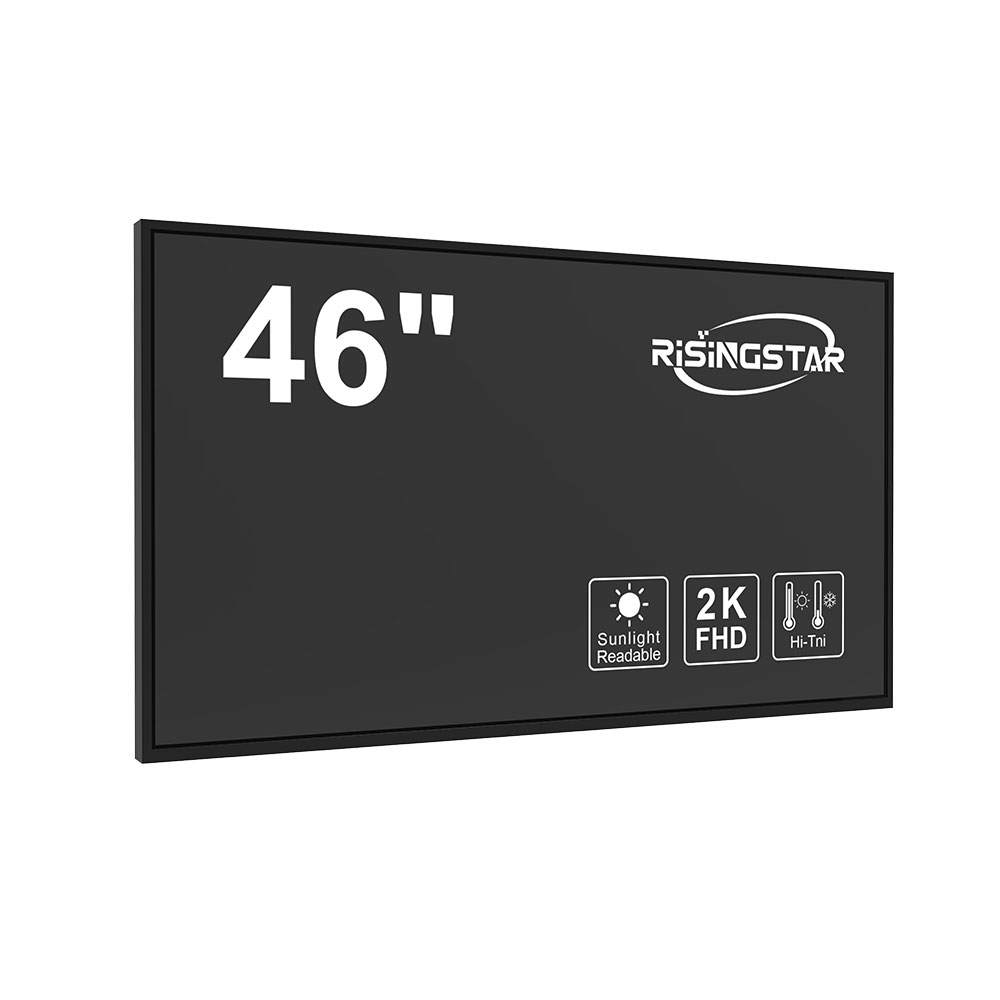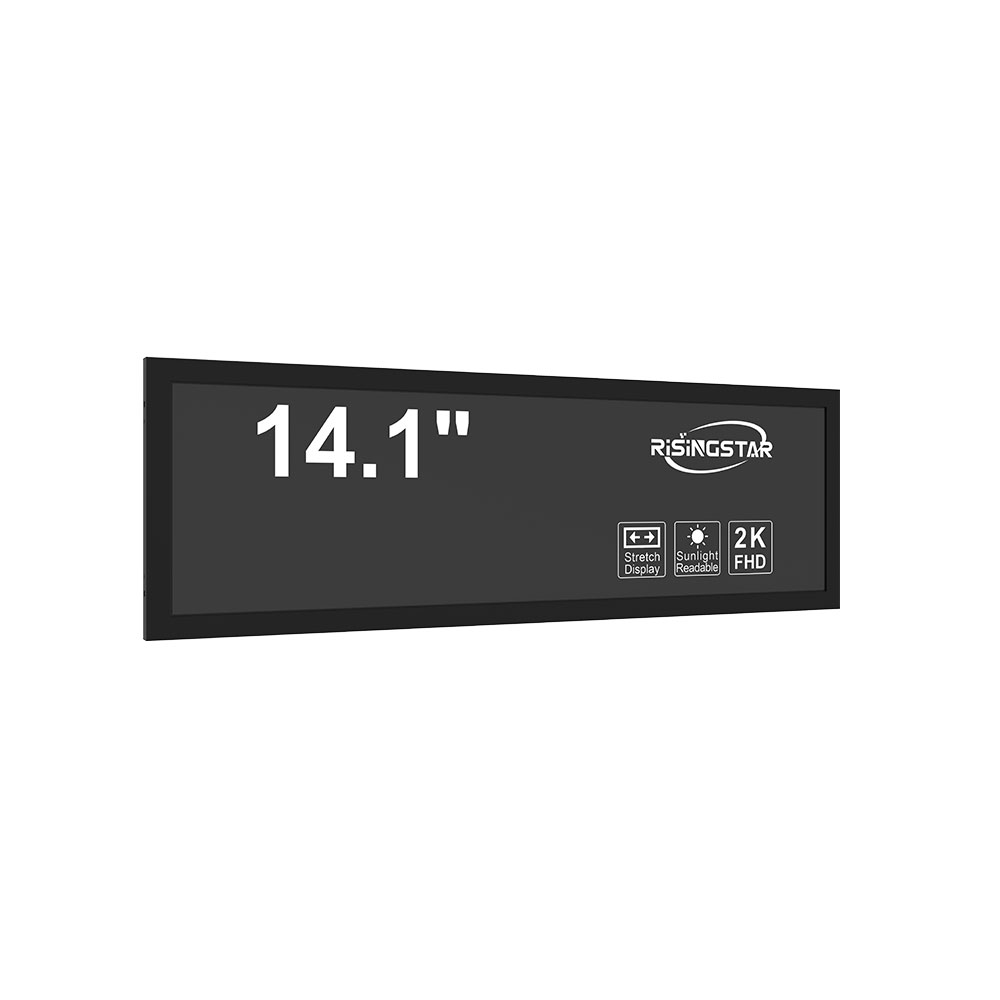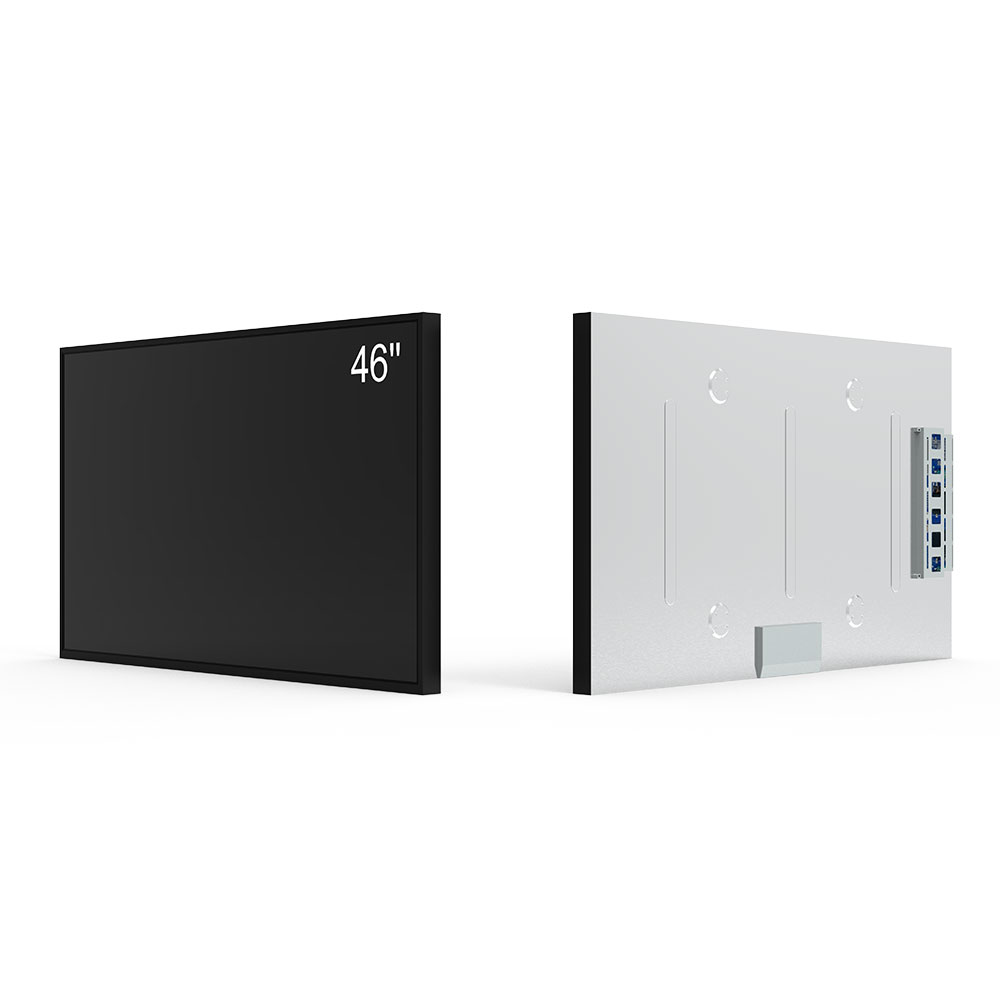In the rapidly evolving landscape of modern electronics, the MCB (Miniature Circuit Breaker) board has emerged as a critical component in power distribution systems, especially in industrial automation, residential electrical panels, and commercial infrastructure. A properly designed MCB board ensures safety, reliability, and efficiency by providing overcurrent protection, thermal overload handling, and short-circuit detection—functions essential for preventing equipment damage and fire hazards.
The core functionality of an MCB board lies in its ability to automatically interrupt electrical flow when current exceeds a preset threshold. Unlike fuses, which must be replaced after each trip, MCBs are resettable, making them cost-effective and operationally efficient. This feature is particularly valuable in high-reliability environments such as data centers, medical facilities, and manufacturing plants where downtime must be minimized.

From a design perspective, an effective MCB board integrates several key elements: a robust PCB layout with proper trace width calculations based on current load; thermal management through heatsink integration or airflow optimization; electromagnetic compatibility (EMC) shielding to prevent interference with nearby circuits; and mechanical durability using materials like flame-retardant FR-4 laminates. Industry standards such as IEC 60898 and UL 489 govern the testing and certification processes that ensure compliance with global safety norms.
Real-world applications illustrate the versatility of MCB boards. In automotive electronics, for instance, MCBs are used in electric vehicle (EV) charging stations to manage high-current loads safely. In smart homes, they enable modular circuit control for lighting, HVAC, and appliances, allowing for centralized monitoring via IoT platforms. Case studies from Schneider Electric and Siemens show how integrating MCB boards into smart distribution units reduces energy waste by up to 15% while improving fault detection response times from seconds to milliseconds.
Moreover, advancements in surface-mount technology (SMT) have enabled miniaturization of MCB boards without compromising performance. For example, recent designs from Eaton and Legrand utilize compact, multi-pole configurations (e.g., 1P+N, 3P+PE) suitable for space-constrained enclosures in consumer electronics and embedded systems. These innovations align with global trends toward energy efficiency and sustainable engineering practices.

Manufacturers now also incorporate intelligent features such as digital communication protocols (Modbus, CANopen) and real-time current sensing capabilities into MCB boards, enabling predictive maintenance and remote diagnostics—a trend supported by the Industrial Internet of Things (IIoT). Such enhancements not only improve system uptime but also reduce operational costs across sectors like oil & gas, telecommunications, and renewable energy installations.
In conclusion, the MCB board remains indispensable in modern electronic systems due to its combination of safety, adaptability, and scalability. As global demand for smarter, more resilient power solutions grows, engineers and designers must prioritize rigorous testing, adherence to international standards, and integration of emerging technologies to unlock the full potential of MCB-based systems.

2025-07-31
2025-09-11
최대 가시성과 내구성을 위해 올바른 야외 LCD 스크린을 선택하는 방법2025-08-01
8.4-Inch High Brightness LCD Panel Supplier2025-08-01
참여해 주셔서 감사합니다-Electronica 2022